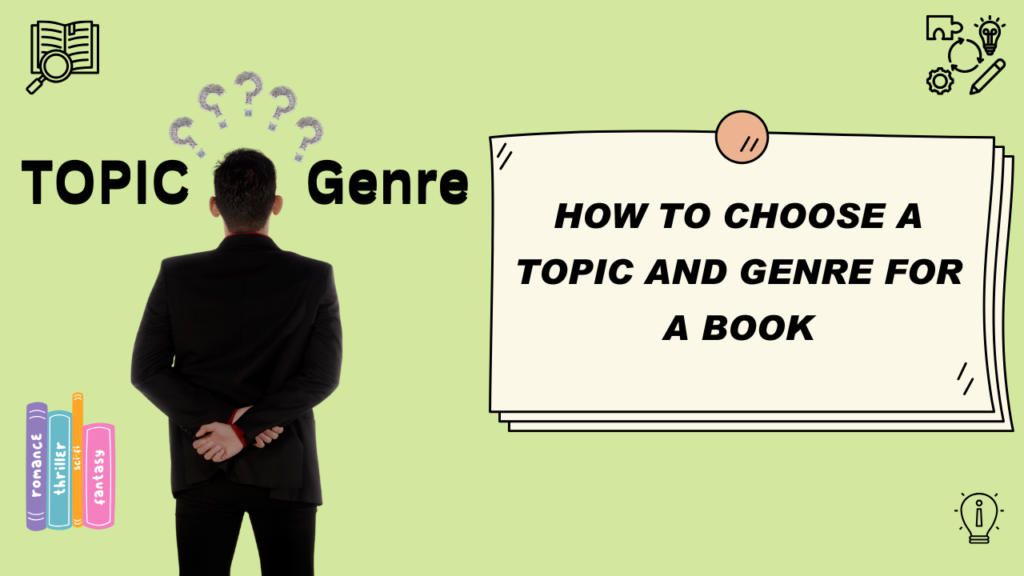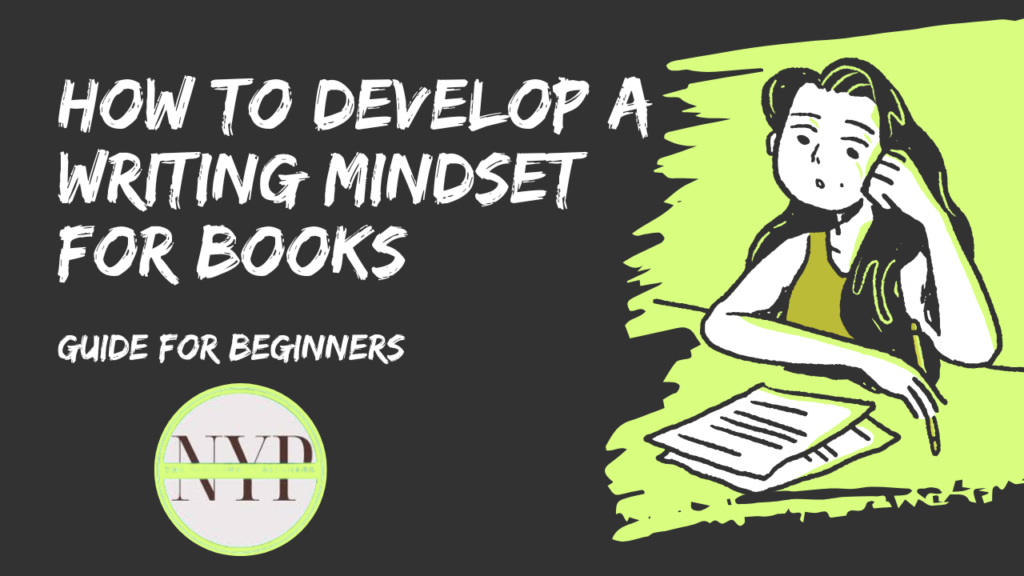
The world of literature is vast and filled with endless possibilities, one of the most intriguing aspects being the division between fiction and nonfiction. Both genres offer unique perspectives on the world, providing readers with imaginative stories and factual accounts. But what exactly sets fiction apart from nonfiction? And how do these two literary forms shape the stories we read and learn from? Understanding the distinctions, similarities, examples, advantages, and disadvantages of each can enhance a reader’s experience and guide aspiring writers in choosing the genre that suits their creative or informative goals. The New York Publishers play a crucial role in bringing both fiction and nonfiction books to a global audience, helping authors find their place in the competitive literary market.
Differences between Fiction and Nonfiction
At the core of the distinction between fiction and nonfiction is the concept of truth. Fiction is driven by creativity, imagination, and invented narratives, whereas nonfiction focuses on presenting factual, real-world information. Fiction transports readers to worlds of fantasy, offering escape, while nonfiction grounds readers in reality, often seeking to inform or educate. Though both genres offer unique insights and experiences, they differ in the purpose they serve and the approach they take in conveying ideas.
Similarities between Fiction and Nonfiction
Despite their differences, fiction and nonfiction share commonalities. Both genres rely on narrative structure, character development, and thematic exploration to engage readers. Whether it’s a fictional character navigating a fictional world or a real-life person overcoming challenges in nonfiction, both genres strive to evoke emotion and provoke thought. Furthermore, fiction and nonfiction can both explore universal themes like love, conflict, and personal growth, making them equally impactful in connecting with an audience.
What are fiction and nonfiction?
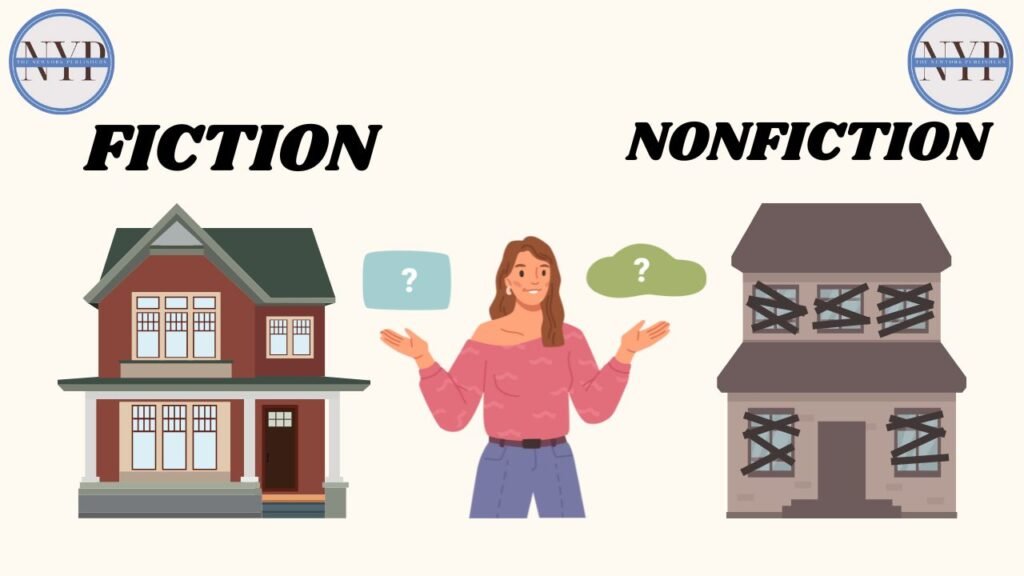
What is fiction?
Fiction refers to literature that is created from the imagination rather than based on real events or factual information. It encompasses a wide variety of forms, including novels, short stories, and plays. Within fiction, writers have the freedom to craft entire worlds, invent characters, and develop plots that are entirely of their own design. Whether it’s fantasy, science fiction, historical fiction, or literary fiction, this genre allows for artistic expression and the exploration of what could be, rather than what is.
What is nonfiction?
Nonfiction, on the other hand, is grounded in reality. It involves writing that is based on actual events, people, places, or phenomena. This genre includes biographies, memoirs, history books, self-help guides, and journalistic works. Nonfiction aims to inform, educate, or persuade the reader by presenting facts, real-life experiences, and evidence. The goal is to provide an accurate, truthful account of the subject matter, with minimal embellishment or fabrication.
What are examples of fiction and nonfiction?
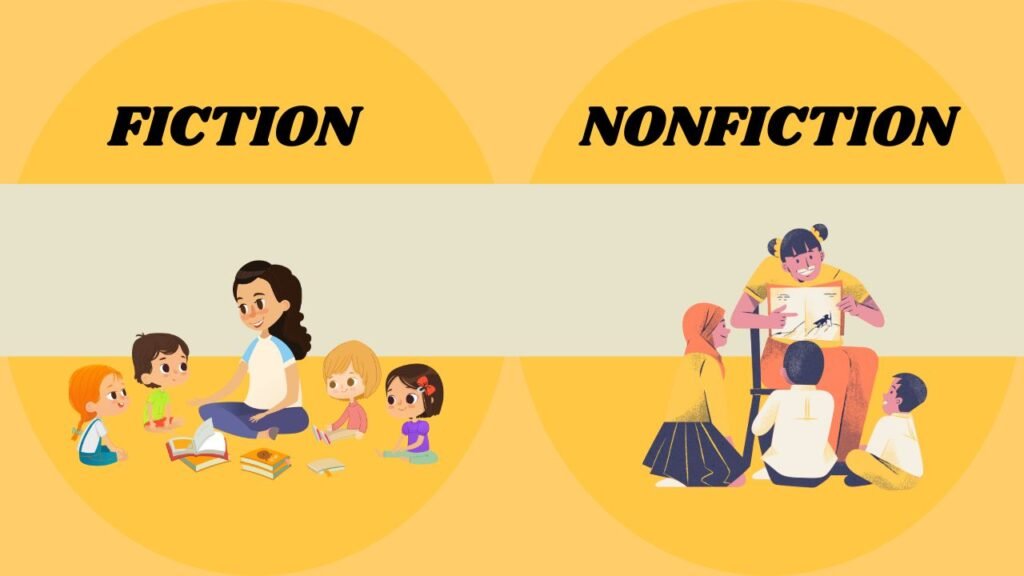
Example of Fiction
One of the most well-known examples of fiction is The Lord of the Rings by J.R.R. Tolkien. This epic fantasy novel is set in the fictional world of Middle-earth, filled with hobbits, elves, wizards, and mythical creatures. The plot revolves around a quest to destroy a powerful artifact, and the story weaves together elements of adventure, friendship, and the battle between good and evil. Despite the deeply intricate world-building and complex characters, everything in The Lord of the Rings is a product of the author’s imagination.
Example of Non-Fiction
An example of nonfiction would be The Diary of a Young Girl by Anne Frank. This autobiography documents the experiences of Anne Frank, a Jewish teenager who went into hiding during the Nazi occupation of the Netherlands in World War II. Through her diary entries, Anne provides an honest, personal account of the hardships and emotional struggles she faced. This powerful nonfiction work offers readers a historical perspective and insight into the resilience of the human spirit.
Note: You Choose The Topic ? Book Writing Services
Best Ideas for Fiction and Nonfiction Books
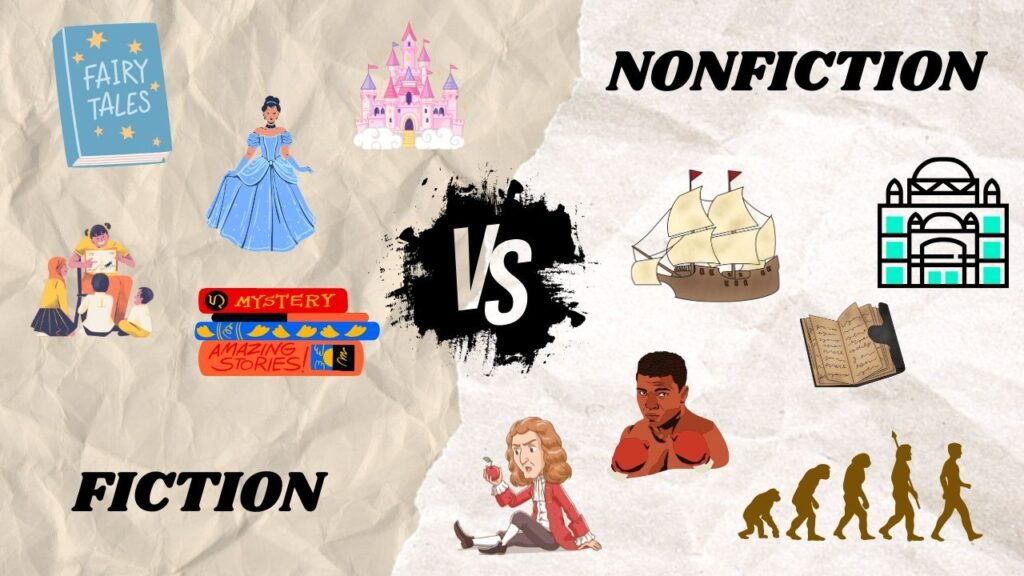
Ideas for Fiction
- Fantasy Adventure – Craft a story where an unlikely hero embarks on a journey to save a mystical kingdom, facing challenges that test their character and skills.
- Psychological Thriller – Explore the inner workings of a disturbed mind, weaving a narrative full of suspense, deception, and unexpected twists.
- Historical Fiction – Set in a significant historical period, this could follow the struggles of a family during World War II, exploring themes of survival, love, and loss.
Ideas for Non-Fiction
- Memoir – Share a personal account of overcoming adversity, such as growing up in an underprivileged neighborhood or surviving a life-threatening illness.
- Self-Help – Offer readers strategies for managing stress, improving productivity, or achieving personal goals.
- Documentary-style Book – Investigate a controversial subject, such as climate change or the evolution of social media, presenting facts, interviews, and expert opinions.

